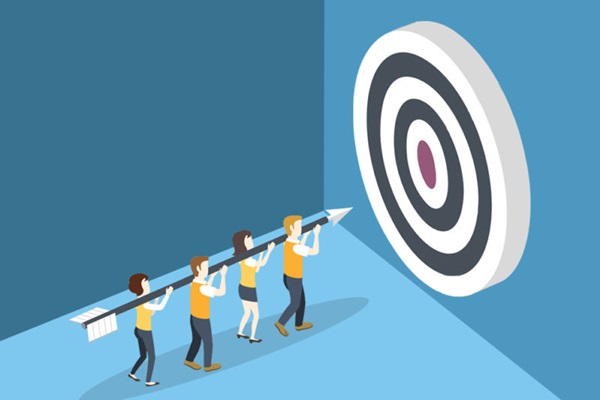After my recent visits to the dentist, I started thinking of how critical collaboration is within that industry. The ‘ballet’ performed by the hygienist and the doctor is a product practice and precision. If their collaboration fails, the patient pays the price, either by losing time or experiencing pain. Ultimately the practice loses patients and profits.
Every business needs to improve their collaboration so that activities and projects get done, while objectives are met. Rarely do business’ have single contributors that don’t interact or collaborate with someone else in the business. By improving collaboration skills, businesses, teams, and organizations can be more productive and more profitable.


“One problem is that leaders think about collaboration too narrowly: as a value to cultivate but not a skill to teach” (Gino, 2019). Gino continues in her article in the Harvard Business Review pointing out that what is required to improve collaboration is a ‘psychological approach’ that focuses on individual behaviors. Gino further identifies 6 key skills to improve organizational collaboration.
- Listen instead of Talking
- Practice Empathy
- Become Comfortable with Feedback
- Lead vs. Following
- Speak with Clarity
- Get a WIN-WIN
These six skills need time and practice. Falling back to old patterns is easy when employee have little time to work together on projects or issues. Ensure that you as a business leader are encouraging collaboration, ensuring teams are working together to solve organization challenges.
This mental approach to collaboration brings me back to the dentist and hygienist. They actively listened to each other. They focused on each other with eye contact and cued into body language. The doctor is clear with direction and the hygienist isn’t shy about asking questions or offering alternatives. This ‘dental dance’ ensures that even in complex situations, the two are in sync. Often a dentist may bring in another hygienist or dentist for a second look, advice, or feedback. The dentist does check-ins with the patient and provides information clearly and precisely, so everyone knows what is about to happen and what to expect during the procedure. They give the patient time to respond and give them feedback.
Luckily at my dentist they have a culture of collaboration. From the front desk reception to the skilled dentist, the team works with one end goal in mind. They strive to provide the highest level of care and treatment to every patient.
But it’s clear that not every organization has developed collaboration and teamwork to such a level. Many organizations struggle to instill the habits and behaviors that make collaboration productive. Teams that work without quality collaboration habits can exhibit resentment, frustration and anxiety. Within the organization, this team dysfunction can spread and affect others. Long-term productivity and growth are tied to the ability of organization to motivate their employees to perform at higher levels. Rarely can that employee flourish without being able to effectively collaborate and be part of a team.
To improve collaboration, ensure your team members practice the following skills when building a team.
- Foster and encourage active listening
- Communicate with no distractions
- Reduce abstract or indirect communication
- Expand others thinking and be open to other points of view
- Become comfortable with silence
- Look for unspoken cues and signals
- Give feedback on specific behaviors
- Practice self-awareness
- Practice delegation and job sharing
- Be transparent in your processes and regularly examine them for improvement
“Leaders who are frustrated by a lack of collaboration can start by asking themselves a simple question: What have they done to encourage it today? It is only by regularly owning their own mistakes, listening actively and supportively to people’s ideas, and being respectful but direct when challenging others’ views and behavior that they can encourage lasting collaboration. By training people to employ the six techniques, leaders can make creative, productive teamwork a way of life” (Gino, 2019).







